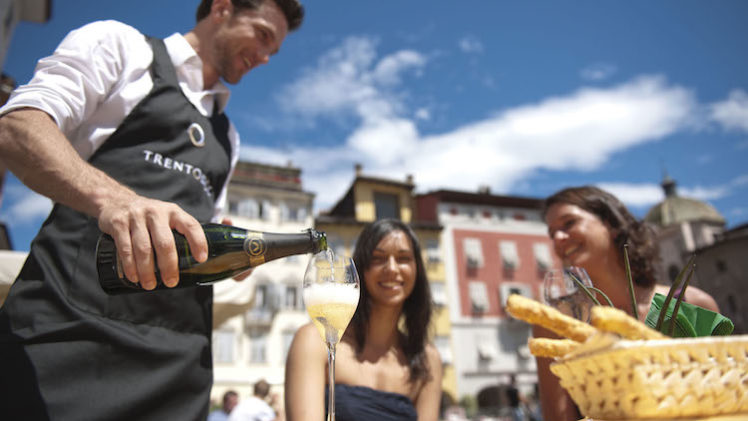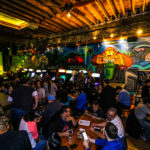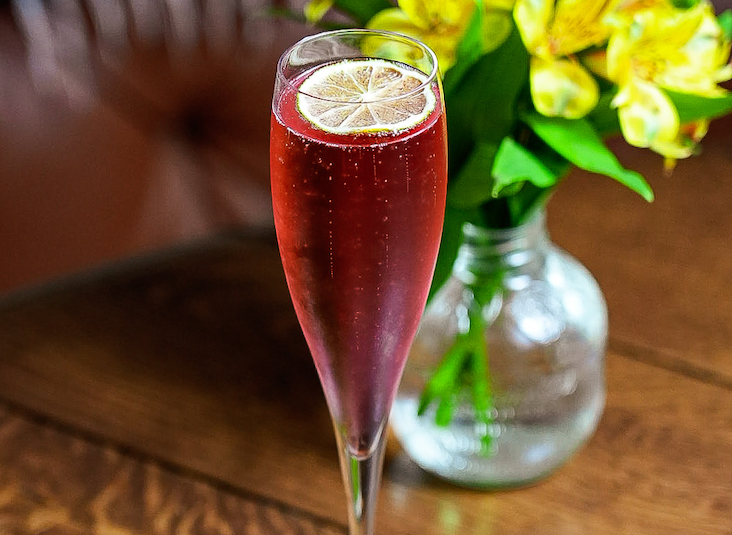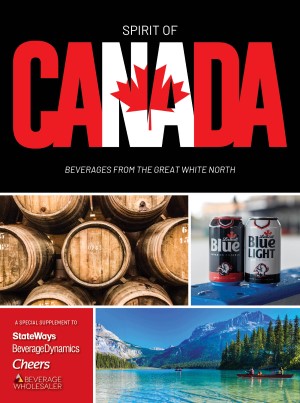Consumers in the U.S. once reserved sparkling wines for special occasions, but in recent years they’ve discovered the versatility and food-friendliness of all types of bubbly. Between mass-market prosecco brands and high-end Champagnes, there’s a host of compelling sparkling wine styles from all over the world. Trentodoc from Italy is one.
Hailing from Trentino, located in the Dolomites of the Italian Alps, Trentodoc is the only traditional sparkling wine made in a mountain environment. Italian wine expert Robert Anesi, voted Italy’s Best Sommelier 2017, on Feb. 8 hosted a zoom presentation introducing Trentodoc.
The history of sparkling wine production in Trentino dates back 150 years. That’s when Giulio Ferrari began experimenting with the traditional Champagne production methods in downtown Trento.
Ferrari, who had honed his skills in Champagne and other regions, started his sparkling wine house in 1902. He inspired other sparkling wine producers, and the DOC Trento appellation became the first established DOC in Italy for a champenoise sparkling wine in 1993.
Trentodoc is a collective and territorial trademark created in 2007 and referred exclusively to the classic method sparkling wine produced in Trentino. Today the region boasts 63 wineries.
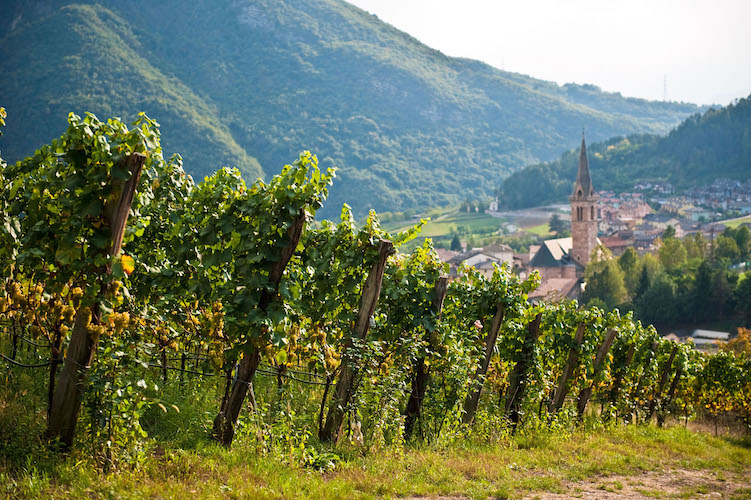
The high elevations of the Trentodoc vineyards in the Dolomites of the Italian Alps give these sparkling wines acidity and freshness.
According to the official production regulations, Trentodoc must be made exclusively with Trentino grapes, primarily chardonnay and pinot noir, but pinot bianco and meunier are also allowed. The high elevations of the vineyards — nearly 3,000 feet above sea level — and local winds provide significant temperature fluctuations needed for grape acidity in classic method sparkling wines.
”We are keeping the character of the mountains always in front when we product Trentodoc,” Anesi said. The acidity, along with the unique terroir of the Dolomites, gives the right freshness to the wine that is a hallmark of Trentodoc.
The acidity also enables the wines to gain character as they age, and long aging is another feature of Trentodoc. The wines can be produced as a white or rosé in the following styles: Brut, with at least 15 months of aging on its lees; Millesimato, with at least 24 months of aging; and Riserva, with at least 36 months of aging. But Anesi noted that most producers age their wines twice as long as the require time.
Traditional sparkling wine production and aging adds to the cost, but Trentodoc wines offer excellent values. For instance, Rotari Rose Brut retails in the U.S. for about $15; Reví Millesimato Rosé is around $20 and Ferrari Brut NV is in the $25 to $30 range.
Thanks to the freshness from the acidity of the grapes and the sapidity of the wine from the Dolomite terroir, Trentodoc has diverse food pairing capacity. Anesi said the wines work well with pasta or risotto, cheeses and rich seafood.
He likes to pair rosé Trentodoc with pizza or grilled meats. The elegance and savoriness of these wines is “very modern and interesting for the style.”

